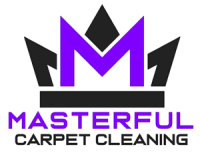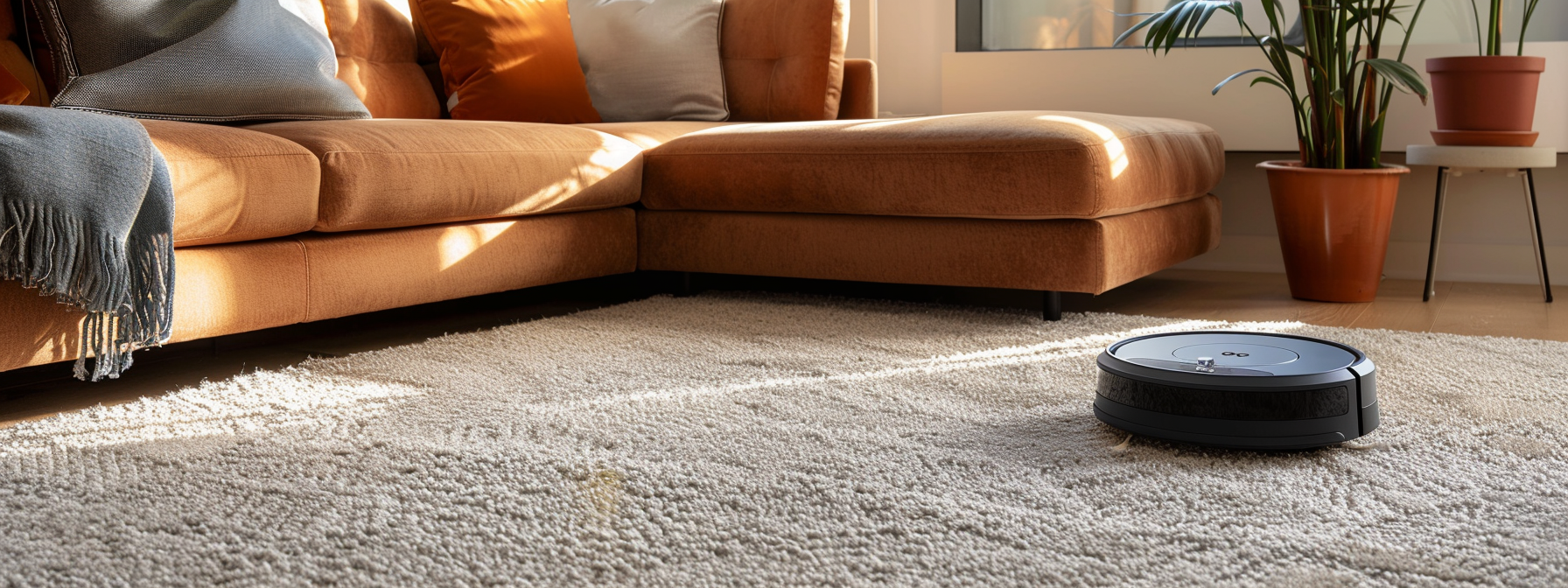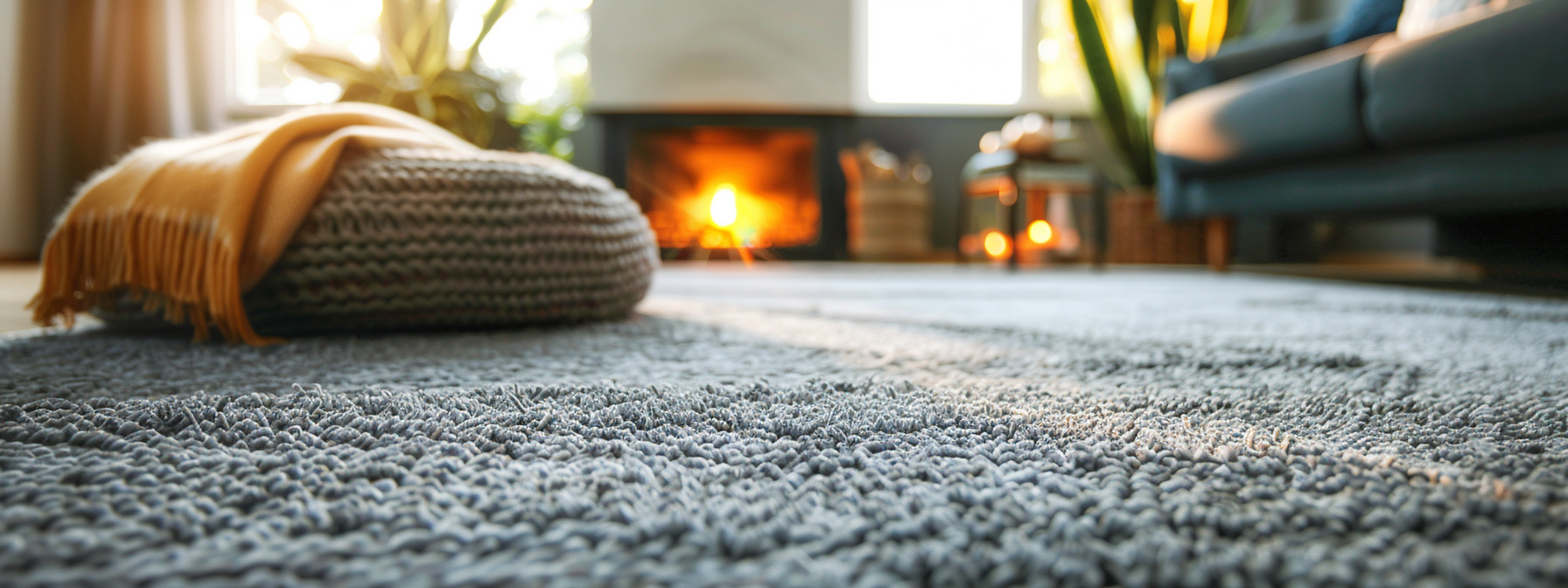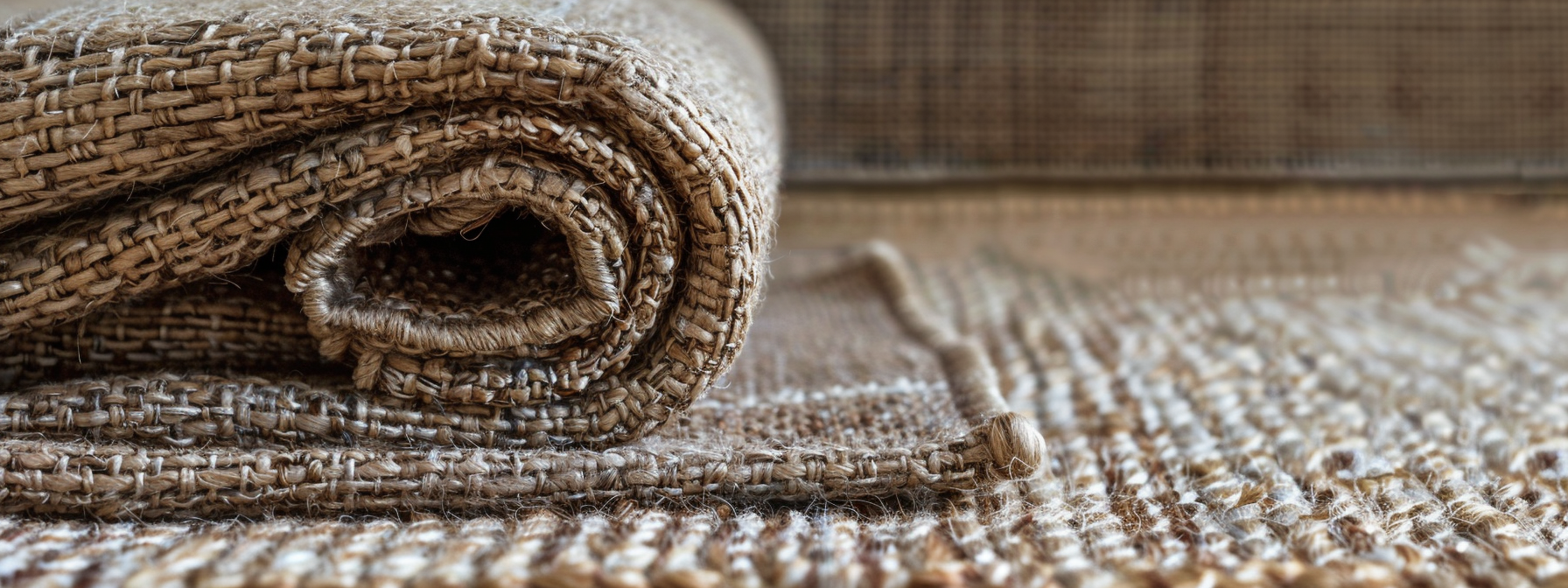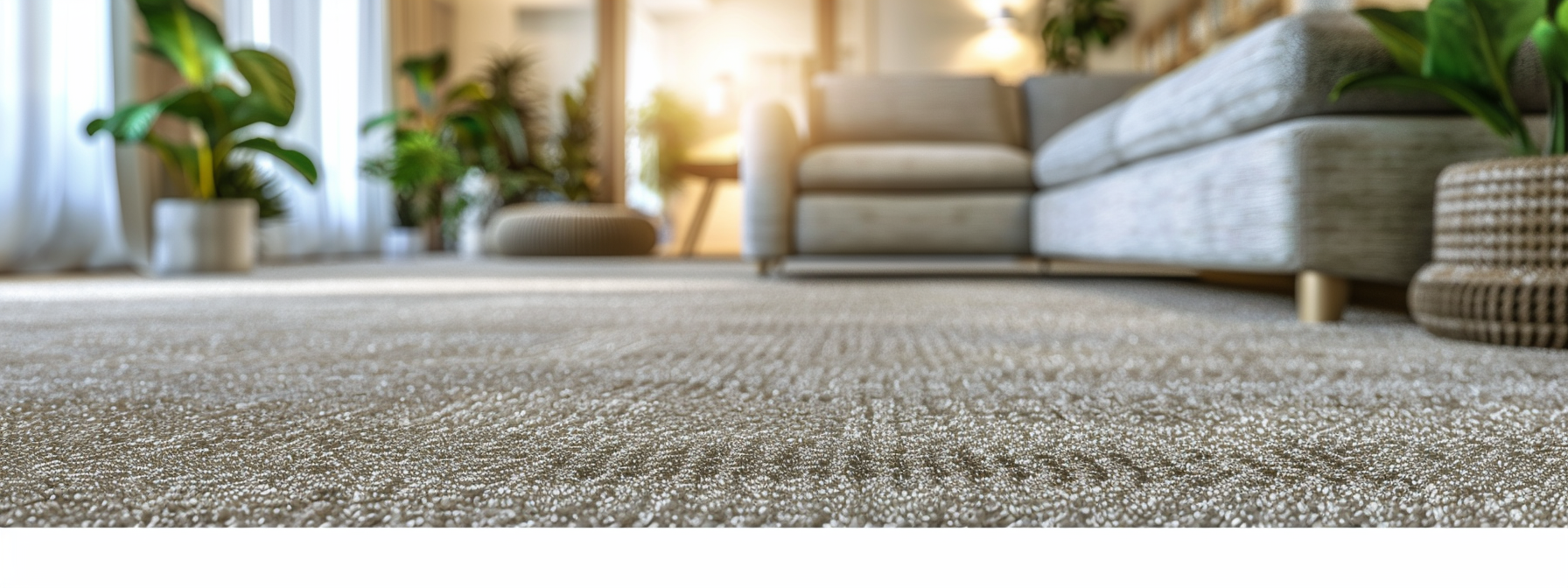Choosing the Right Cleaning Methods for Your Carpeted Floors

Selecting the right cleaning methods for your carpeted floors is fundamental to maintaining their appearance and longevity. Carpets are an integral part of many homes and offices, providing comfort and aesthetic appeal.
They also accumulate dirt, dust, and stains over time, necessitating effective cleaning strategies.
Understanding Carpet Cleaning
Carpet cleaning refers to the process of removing dirt, stains, and allergens from carpets. It’s not just about preserving the look of your carpets but also about ensuring a healthy living environment. Professional carpet cleaning often employs specialized techniques and equipment to deeply cleanse and rejuvenate carpet fibers.
Exploring Cleaning Methods
- Steam Cleaning: Also known as hot water extraction, this method involves using high-temperature water to remove dirt and debris.
- Dry Cleaning: Suitable for delicate fibers, dry cleaning uses minimal moisture and specialized chemicals.
- Shampooing: This traditional method involves applying a detergent solution and then vacuuming up the residue.
- Encapsulation: A modern approach that uses synthetic foam detergents which crystallize into a powder when dry.
- Bonnet Cleaning: Ideal for surface cleaning, it uses a motorized machine with a spinning pad soaked in cleaning solution.
Each method comes with its unique set of instructions, benefits, and limitations.

Dry Cleaning Methods
Bonnet Cleaning
- Procedure: Apply a cleaning solution to the carpet. Use a rotating brush to agitate the carpet fibers, followed by extraction using a bonnet or absorbent pad.
- Effectiveness: Good for surface-level dirt and stains. Less effective for deep cleaning.
- Dry Time: Dry within an hour or two.
Dry Powder Cleaning
- Procedure: Apply a dry cleaning powder to the carpet. Work it into the fibers with a rotating brush, then vacuum up the powder along with the dirt and stains.
- Effectiveness: Good for surface-level cleaning. Not ideal for deep cleaning.
Wet Cleaning Methods
Hot Water Extraction (Steam Cleaning)
- Procedure: Spray hot water and a cleaning solution onto the carpet, then use a powerful vacuum to extract the water and dirt.
- Effectiveness: Excellent for deep cleaning and removing stubborn stains.
- Dry Time: Longer drying time; may require an air mover to speed up the process.
Steam Cleaning
- Procedure: Apply hot water and steam to the carpet, then extract the dirt and debris with a vacuum.
- Effectiveness: Effective for removing dirt and bacteria, but less so for stubborn stains.

Low-Moisture Cleaning Methods
Encapsulation Cleaning
- Procedure: Apply a cleaning solution that encapsulates dirt and stains on the carpet fibers. Vacuum up the dried crystals.
- Effectiveness: Good for regular maintenance. Not suitable for heavily soiled carpets.
Foam Cleaning
- Procedure: Apply a foam cleaning solution, work it into the fibers, then vacuum up the dried foam.
- Effectiveness: Similar to encapsulation, suitable for regular maintenance.
General Steps for All Methods
- Vacuum First: Begin by vacuuming the carpet to remove surface dirt, dust, and hair, especially in high-traffic areas.
- Stain Treatment: Use appropriate stain removers for different carpet types (synthetic vs. natural fiber) before deep cleaning.
- Machine Use: For deep cleaning, use a carpet cleaning machine (rented or professional) following the manufacturer’s instructions.
- Professional Help: If the results are unsatisfactory, consider hiring professional carpet cleaners for more thorough cleaning.
Tips for Effective Cleaning
- Pre-Treat Stains: Apply stain removers or DIY solutions (e.g., baking soda for oil stains, shaving cream for dirt stains) before general cleaning.
- Special Techniques: Use a squeegee for pet hair, ice cubes for furniture imprints, and lint rollers for stubborn dirt and dust.
- Avoid Common Mistakes: Don’t assume a carpet is clean without visible stains, avoid scrubbing at stains (which can worsen them), and ensure thorough drying after cleaning to prevent mold growth.
By following these detailed instructions and tips, you can effectively use various carpet cleaning methods to maintain your carpeted floors in top condition. Remember, the choice of method depends on the carpet type, level of soiling, and your specific needs.
Regular maintenance and prompt attention to spills and stains can significantly extend the life and appearance of your carpets.
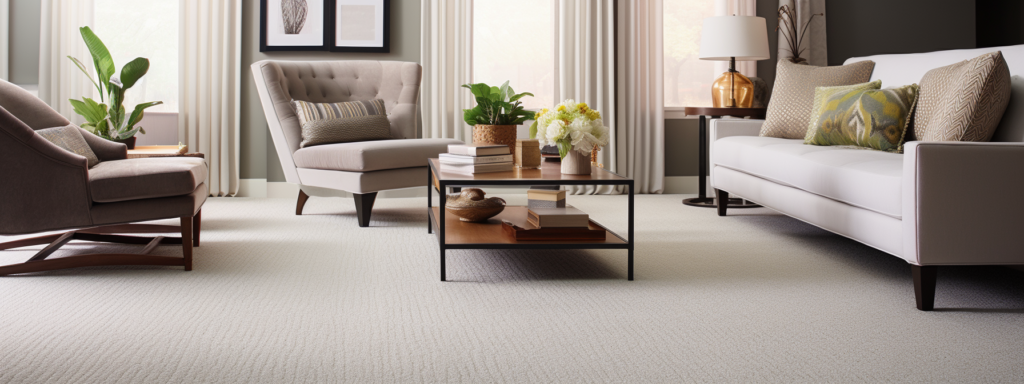
Pros and Cons of Different Carpet Cleaning Methods
Dry Foam Shampoo
- Pros: Low moisture, faster drying, good for large areas, ideal for surface cleaning.
- Cons: Not the deepest clean, less powerful extraction, best when alternated with deeper cleaning methods.
Steam Cleaning
- Pros: Efficient soil removal, minimal residue, recommended by most carpet manufacturers.
- Cons: Longer drying times, can cause problems with over-wetting, expensive equipment
Hot Water Extraction
- Pros: Excellent results including sterilization, minimal chemical residue.
- Cons: Longer drying times due to water use.
Dry Extraction Cleaning
- Pros: Best for small areas and spot cleaning.
- Cons: Dry powder may not be completely removed without powerful extraction equipment.
Absorbent Pad Cleaning
- Pros: Fast-drying, covers a lot of area quickly, good for interim cleaning.
- Cons: Not a deep cleaning method, no rinsing action.
Bonnet Cleaning
- Pros: Quick solution for light cleaning, fast drying, low-cost, easy to perform.
- Cons: Cleans only the surface, can flatten carpet pile, may leave chemical residue, not effective for deep cleaning.
Carpet Shampooing
- Pros: Effective for heavily soiled carpets, aggressive cleaning action, economical.
- Cons: Can leave residue, long drying times, not recommended for high-pile carpets.
Foam Encapsulation
- Pros: Quick drying time, environmentally friendly, minimal residue.
- Cons: Not best for heavily soiled carpets, less aggressive cleaning power.
Dry Cleaning
- Pros: No drying time, safe for all carpet fibers.
- Cons: Chemical residue can be harmful, not effective for deeply embedded dirt.
Traditional Carpet Cleaning
- Pros: Cost-effective, easy to use, no special equipment required.
- Cons: Not suitable for wall-to-wall carpeting, labor-intensive, less effective.
Each carpet cleaning method has its unique advantages and drawbacks, making them suitable for different situations. The choice of method depends on factors like the carpet type, the level of soiling, and the specific needs of the environment where the carpet is located.
Regular maintenance and proper selection of cleaning methods can help extend the life and appearance of carpets.

Best Practices in Carpet Cleaning
Selecting the right carpet cleaning method is important for maintaining the health, appearance, and longevity of your carpeted floors.
Each method comes with its unique set of advantages and disadvantages, making it important to choose based on your specific carpet type, level of soiling, and individual needs. Here’s a summary of the key points and best practices for carpet cleaning:
Key Points:
- Diverse Methods: Carpet cleaning techniques range from dry methods like dry foam shampoo and dry extraction cleaning to wet methods like steam cleaning and hot water extraction. Low-moisture methods such as encapsulation and absorbent pad cleaning offer alternatives for quick maintenance and surface cleaning.
- Considerations for Selection:
- Carpet Type: Some carpets, such as those made from delicate fibers, may require specific cleaning methods to avoid damage.
- Level of Soiling: Heavily soiled carpets may benefit from more aggressive cleaning methods like hot water extraction or shampooing.
- Frequency of Cleaning: For regular maintenance, methods like bonnet cleaning or encapsulation are suitable, while for deep cleaning, hot water extraction or shampooing may be more effective.
- Pros and Cons:
- Deep Cleaning: Methods like hot water extraction offer thorough cleaning but require longer drying times.
- Quick Solutions: Bonnet cleaning and dry foam methods are quick but may not be as effective for deep-seated dirt.
- Eco-Friendly Options: Encapsulation and certain dry methods use less water and chemicals, making them more environmentally friendly.
Best Practices:
- Regular Maintenance: Regular vacuuming and prompt attention to spills can prevent the need for frequent deep cleaning.
- Professional Assessment: Consulting with professional carpet cleaners can help in selecting the most suitable method for your carpet.
- Balanced Approach: Alternating between different cleaning methods (e.g., a mix of deep cleaning and maintenance methods) can be effective for comprehensive carpet care.
- Safety First: Consider the safety of household members, especially in terms of chemical use and drying times.
- Eco-Friendly Choices: Where possible, opt for methods that minimize water and chemical use to reduce environmental impact.
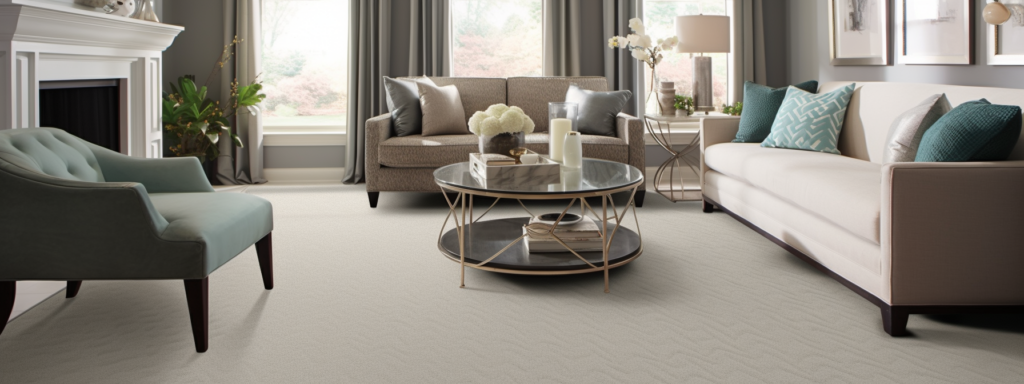
Common Questions
- What are the benefits of professional carpet cleaning methods over DIY approaches?
- Professional Carpet Cleaning:
- Deep Cleaning: Professional methods penetrate deep into carpet fibers, effectively removing dirt and allergens.
- Expert Stain Removal: Skilled in various stain removal techniques, increasing the likelihood of complete eradication.
- Prolongs Carpet Life: Regular professional cleaning extends carpet life, avoiding premature replacements.
- Saves Time and Effort: Professionals handle the cleaning, allowing homeowners to focus on other tasks.
- DIY Carpet Cleaning:
- Cost Savings: Generally less expensive upfront. Homeowners can rent or purchase cleaning machines or use homemade solutions.
- Convenience: Allows for immediate addressing of minor spills and stains.
- Cons of DIY Cleaning:
- Limited Effectiveness: May not remove all embedded dirt, allergens, or tough stains, leading to wear and tear.
- Risk of Overwetting: Can cause mold and mildew growth, potentially leading to health issues and expensive repairs.
- Lack of Expertise: DIY methods may not be suitable for all carpet types, risking improper cleaning.
- Professional Carpet Cleaning:
- How do different carpet materials influence the choice of cleaning method?
Professional cleaners perform a fiber test to identify the carpet material (wool, nylon, polypropylene, etc.) and choose the appropriate cleaning method and products. This ensures that the cleaning process is tailored to the specific needs of the carpet, avoiding damage and ensuring optimal cleaning results.
- What are the environmental impacts of different carpet cleaning methods?
Professional carpet cleaning often involves the use of advanced equipment and cleaning solutions that may have a higher environmental impact due to water and chemical usage. DIY methods may use less water and chemicals but might not be as effective in cleaning, leading to frequent cleaning and potential waste. Professional methods are evolving to become more eco-friendly with the use of green cleaning products and water-efficient technologies.
- How can regular carpet maintenance extend the life and appearance of carpets?
Regular maintenance, such as vacuuming and prompt stain treatment, removes surface dirt and prevents stains from setting in, preserving the carpet’s appearance and extending its lifespan. This reduces the need for frequent deep cleanings and ensures the carpet remains in good condition over time.
- What are the risks associated with over-wetting in certain carpet cleaning methods, and how can they be mitigated?
Over-wetting during carpet cleaning can lead to mold and mildew growth, as well as damage to the carpet backing and underlay. To mitigate these risks, it’s important to use proper drying techniques, such as using fans or dehumidifiers, and ensuring the room is well-ventilated. Professional cleaners often use high-powered equipment to extract excess water and employ speed drying techniques to reduce drying time and prevent over-wetting.
- In what situations are low-moisture or dry carpet cleaning methods most effective?
Low-moisture or dry carpet cleaning methods are most effective in situations where quick drying is essential, such as in busy commercial settings or areas with high foot traffic. They are also suitable for delicate carpets that cannot handle excess moisture or for regular maintenance cleaning between deeper cleans.
- How does the frequency of carpet cleaning affect indoor air quality and hygiene?
Frequent carpet cleaning helps to remove accumulated dust, allergens, and bacteria, improving indoor air quality and maintaining a hygienic environment. Regular cleaning prevents the buildup of contaminants that can affect air quality and the health of occupants, especially those with allergies or respiratory issues. It’s important to balance cleaning frequency with the potential wear and tear on the carpet.
Understanding the various carpet cleaning methods and their respective advantages and disadvantages is key to making an informed decision.
This knowledge, combined with best practices like regular maintenance and professional consultation, will ensure your carpets remain clean, healthy, and visually appealing for years to come.
Author
-

As the Co-Owner of Masterful, Randy has been providing quality cleaning services to the Salem and Portland areas of Oregon for many years. He has built a reputation for excellence in the industry. His team take prides in using the latest cleaning techniques and technologies to deliver exceptional results every time.
